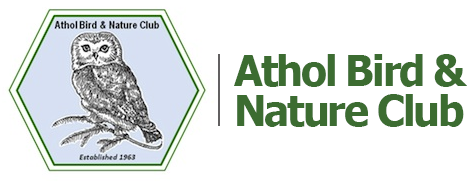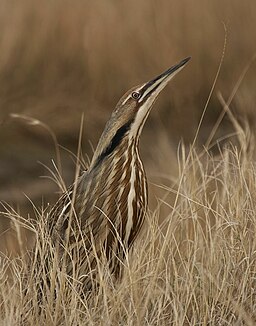American Bittern
Botaurus lentiginosus
Written by Kathy Richards and edited by Chris Coyle
HABITAT:
The species is found in marshes throughout the United States and southern Canada. It is not found in southern Connecticut, Block Island, Cape Cod, or the islands. It needs, fresh water, salt water, wetlands, and tall, dense emergent vegetation (like cattails and sedges) for camouflage. Bitterns are solitary birds.
BEHAVIOR:
They walk deliberately and slowly through the marshy wetlands. Its toes are specially adapted to keep the bird from sinking. If alarmed, the Bittern will freeze. Its striped body and undersides enable camouflage in the tall vegetation.
Like herons, bitterns will stand and wait for prey to go by and then quickly spear it with its beak. It will move extremely slowly so as not to alert prey while also waving the body the same way the wind is blowing the plants. Its call is a series of banging pumping thumps and it has the ability to throw its voice like a ventriloquist.
The predators of the young are minks, muskrats, water snakes, hawks, eagles, and owls. To avoid attracting predators, the Bittern never flies directly to or from the nest.
NESTING:
Mostly in large wetlands with abundant cattails. Eggs laid the beginning of May to the middle of June. Occasionally will nest in wet meadows and dry fields next to wetlands. The nests are made of cattails, reeds, or sedges placed in dense vegetation just above water. It lays 4-6 eggs.
FOOD:
Fish, frogs, amphibians, small snakes, crayfish, and insects.
PREDATOR OF YOUNG:
Minks, muskrats, water snakes, hawks, eagles, and owls. To avoid attracting predators, the mother never flies directly to or from the nest.

